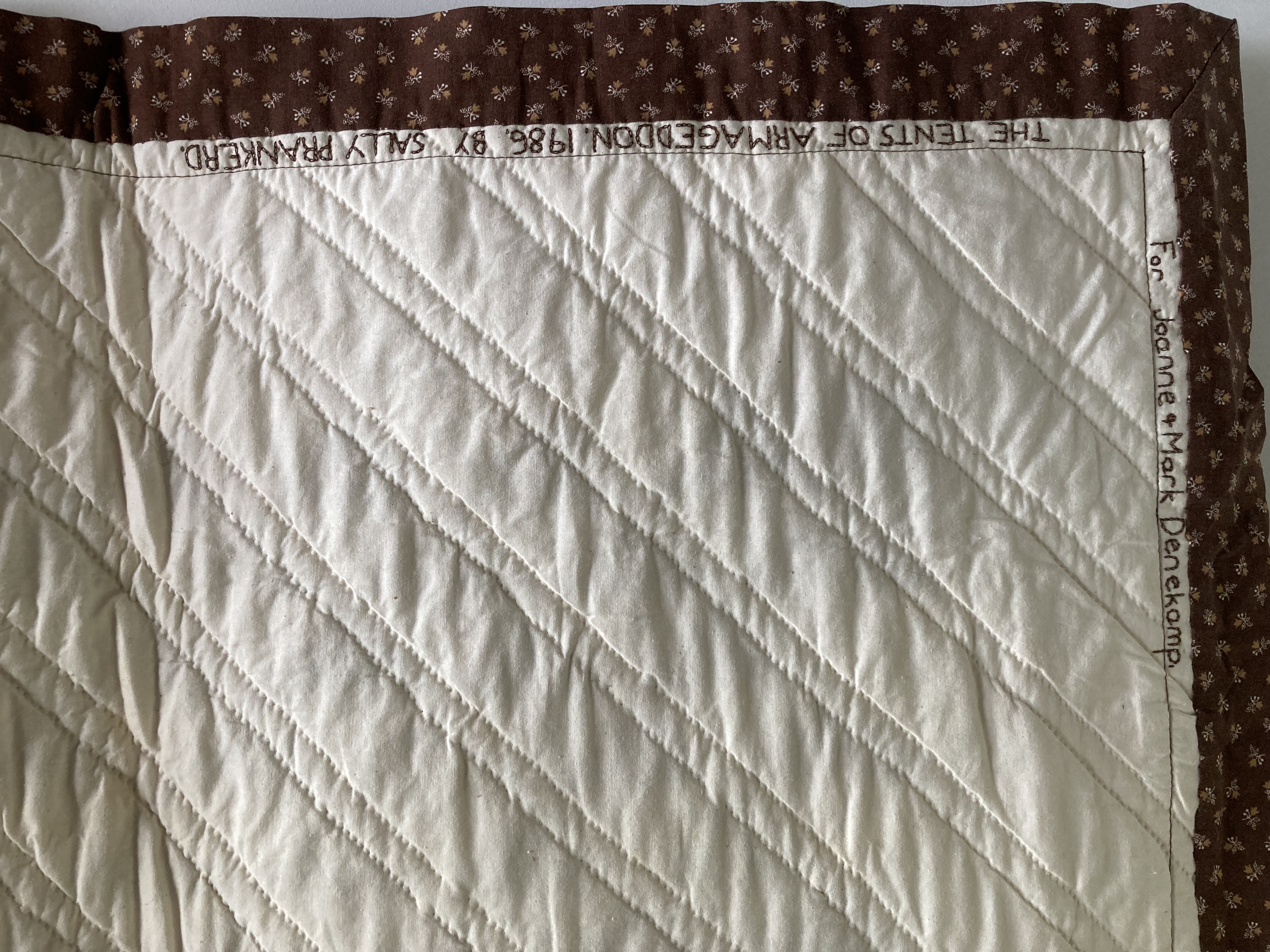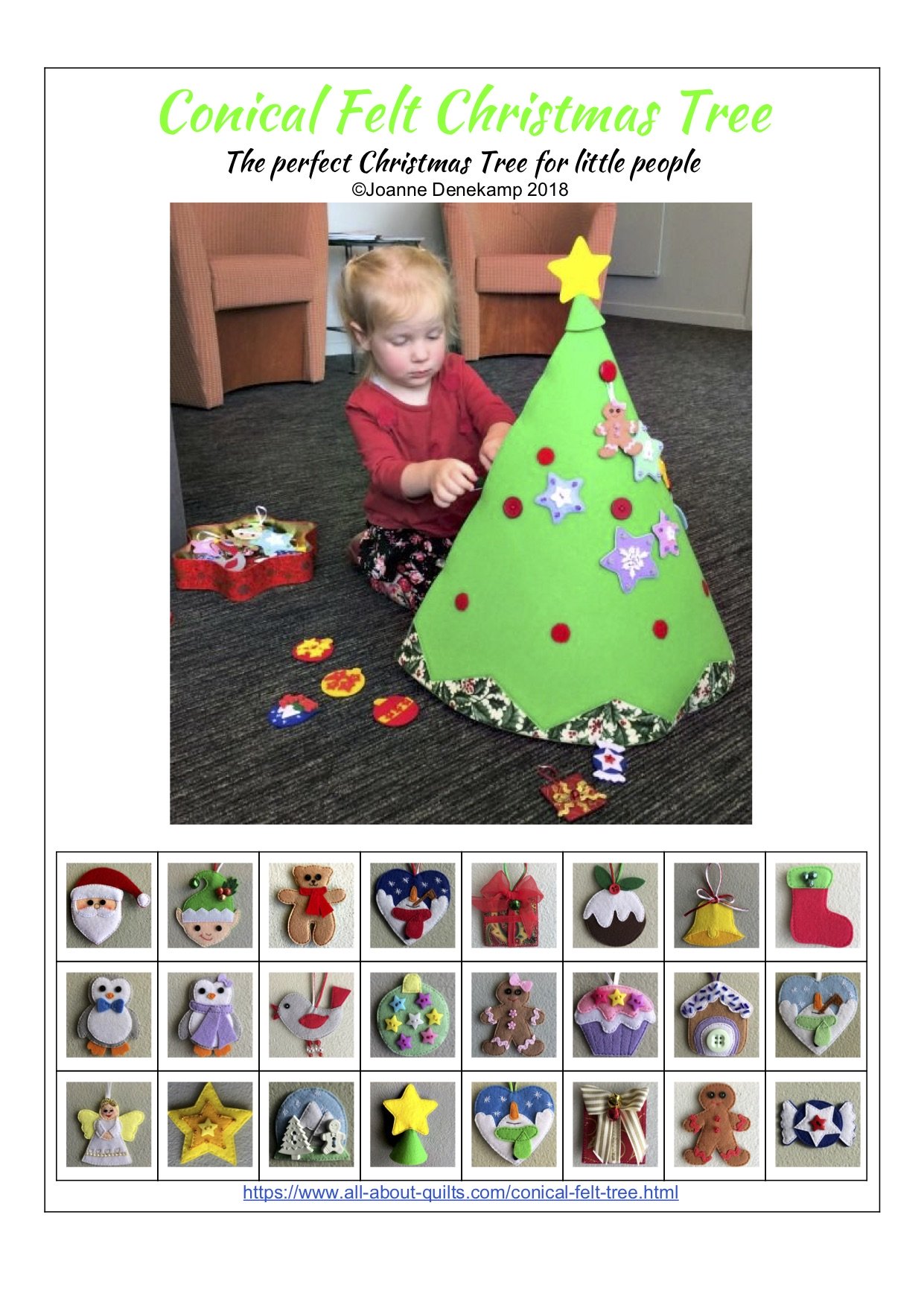Canadian Quilt History
The following information about Canadian quilt history tells how quilting transitioned through centuries, from its earliest seeds of European origin to its current status as an emblem of Canadian culture and heritage.
The beginnings were in the 1600s when European settlers first came to Canada. They brought along with them various practices, one of which was the traditional art of quilting. Interestingly, quilting was a well-established craft in Europe way back in the 1200s. Besides being a way to create beautiful items, quilts were incredibly practical, offering warmth during the icy winters!
However, the settlers faced an immense challenge: lack of supplies. They literally had to wait for their quilting materials to arrive from hundreds of miles away across the sea! To overcome this problem, they started growing their threads and wool. They planted flax for the purpose of creating linen and began raising sheep for their precious wool. This solution wasn't perfect as it took time for the flax and the wool of the sheep to grow. It was around this time that the idea of reusing scrap fabric to make striking patchwork quilts started becoming popular.
The Loyalists who arrived during a later wave reignited the quilting fire! They loved to quilt, and they introduced the community to a fun, collective activity called "quilting bees". In these gatherings, women gathered, chatted, and sewed quilts!
As we move into the 1800s, a significant shift occurred. Now, the Canadian quilters could import supplies not just from Europe, but also from the US. More good news came along when Canada started producing its textile resources. With the invention of the sewing machine, quilting became less time-consuming, giving rise to both practical and decorative quilts.
During the early 1900s, quilting started to lose its prominence. With the arrival of ready-to-purchase textiles and as more women started working outside their homes, the need for quilting began fading. Nonetheless, the tradition was still cherished, especially in rural regions. A beautiful trend during this era was the creation of "signature quilts". These prized possessions featured the embroidered signatures of the quilt’s creators, often dedicated as souvenirs to people moving far away. This is still popular today and the photo below shows one signature that my sister sewed onto a quilt she made for me.

During World War I, quilting took on a patriotic role. Women sewed quilts for selling to raise funds for war bonds, supporting the government's war efforts. They also sewed quilts for European refugees, providing much-needed solace during troubled times.
Post-World War I, quilting became less popular for about 20 years. Though quilting was no longer a necessity, its charm saw a resurgence during the Great Depression in the 1930s. Fabric was scarce once again, and quilting, especially using scrap fabric, became a popular activity. During World War II, the compassionate act of quilting for fundraising and sending quilts to survivors in Europe continued.
Despite the ups and downs, quilting never lost its place in the hearts of Canadians. It was recognised as an artistic endeavour showcased at fairs, and artists glorified it in their work. Quilting transformed into a beautiful representation of Canadian identity and heritage.
The Centennial celebration of 1967 saw a surge in quilt-making. Moving into the 1970s, quilting became a symbol of feminine expression and eco-consciousness. Technological innovations like synthetic thread, rotary cutters, and long-arm quilting machines simplified the process, and quilting found its place in the hearts of art enthusiasts all over again.
In the current digital era, technology has further boosted the popularity of quilting. With online fabric shops, downloadable patterns, and virtual quilting bees, quilting practice is now more accessible than ever!
In conclusion, the Canadian quilt history offers an insightful peep into the perseverance, creativity, and adaptive spirit. Its evolution over the centuries only goes to show how it stands woven into the fabric of Canadian lives, serving as an emblem of national pride and artistic inspiration.
A sample of Canadian quilt history was shown at the quilt exhibition 'Kaleidoscope' by Max Allen at the Textile Museum of Canada in January 2010. Max put together this quilt exhibition of antique quilts that were collected by Carole and Howard Tanenbaum. They are art collectors, and they acquired these quilts because of how they look as art.
This exhibition has been documented and you could view it at the Textile Museum of Canada until recently. They have a fabulous website and the following link 'Textile Museum of Canada' will take you there. Enjoy!



New! Comments
Have your say about what you just read! Leave me a comment in the box below.